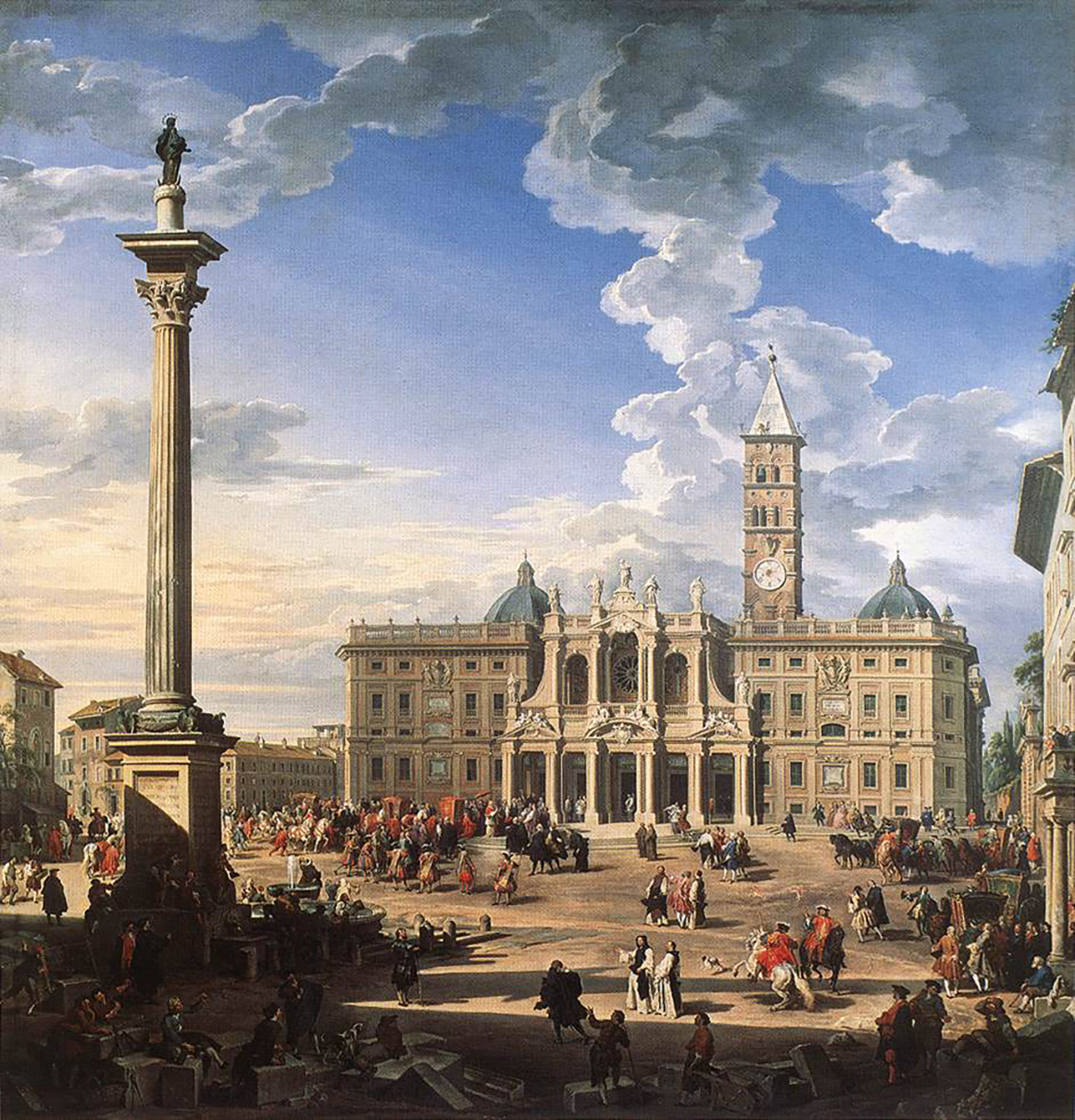When snow miraculously fell in August in Rome, a church was built to commemorate the event.
Lenten Campaign 2025
This content is free of charge, as are all our articles.
Support us with a donation that is tax-deductible and enable us to continue to reach millions of readers.
The Sienese altarpiece honors the role played by snow during the foundation of Santa Maria Maggiore, one of the most important Catholic churches in Rome.

White, soft, icy snow is a rare sight in the Mediterranean city of Rome during winter, let alone during summer. Yet, according to tradition, the founding of one of Rome’s most important Catholic churches took place on an extraordinary snowfall day in August of 352. On August 5 of 352, a wealthy Roman nobleman and Pope Liberius both had dreams in which snow was falling over the Esquiline Hill, one of Rome’s seven hills. The two men resolved to visit the place of the unusual event, bumped into one another and testified to the unusual snowfall. It so happened that the nobleman had been looking for a way to donate some of his possessions to the Catholic Church. He then restored to build a beautiful place of worship on top of the hill where the miraculous snow fell. Pope Liberius then proceeded to trace the perimeter of the soon-to-be-church by moving a stick over the thick white blanket. Since then, Santa Maria Maggiore has become one of the most important worship sites for Catholics and the largest Marian worship site in Rome.

A thousand years after the extraordinary event, Ludovica Bertini, a wealthy art patron from Siena, commissioned an ornate altarpiece for Siena’s cathedral to commemorate the snowy miracle. The piece, kept at the Uffizi Gallery in Florence, is divided into two parts. The upper part is structured into seven compartments, each representing a step in the story of the foundation of Santa Maria Maggiore. The upper part features a portrait of the Virgin, sitting on the throne and holding the Christ child, crowned by two angels. One of the angels is holding a tray filled with snow, while the other is making snowballs with his hands — a tribute to the miraculous snow of 352. On the sides, artist Stefano di Giovanni positioned Sts. Peter and Paul (standing) and Sts. John the Baptist and Francis, the latter being a tribute to the commissioner, who entered the Franciscan order after her husband’s death.

This large altarpiece, measuring 7 by 8 ft, is one of the most important examples of Sienese Renaissance art, displaying elements of both Gothic art, such as the traditional triptych, and of Renaissance art, such as the realistic nature of the figures portrayed in it. From its original location inside Siena’s cathedral, the piece has been moved around different locations until it was purchased by the Contini Bonacossi family in 1936. It is now preserved inside the Andrea del Castagno Room at the Uffizi Gallery.








